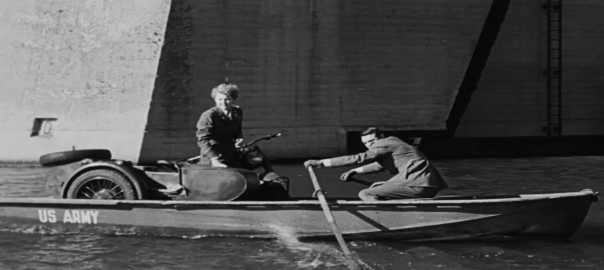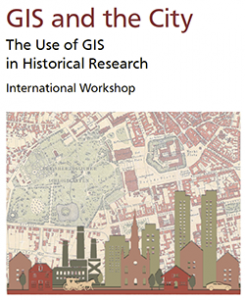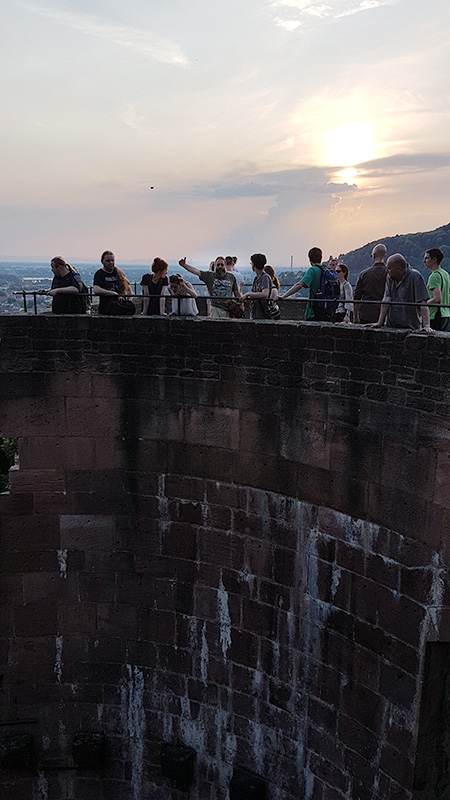Recherchen und Einführung zu „Ich war eine männliche Kriegsbraut“ [„I Was a Male War Bride“] (USA 1949) durch Majka Bressa, Mil Gaspar, Emma Hartlieb, Maximilian Hege, Paula Langner, Markus Baier zusammen mit Ferhat Neptun (Medienforum Karlstorkino), Dr. Heiko Wacker, Dr. Michael Braun (Stadtarchiv Heidelberg), Dirk Eller & Dr. Kilian Schultes im Rahmen des Projekts „Film in Heidelberg: Kinos und Drehorte“ des HGIS Clubs im Wintersemester 2025/26. „You can’t sleep here …“: Der Film „IWas a Male War Bride“ wurde teils in Heidelberg und Umgebung gedreht. Die Crew wohnte während des Drehs ab September 1948 vor Ort.
Heidelberg-Filmtag im Kino DIE KAMERA am Sonntag, 07.12.2025 in Kooperation mit dem Verein „Kultur für Europa – Kulturhauptstadt Heidelberg“, https://www.gloria-kamera-kinos.de/de/specials/sondervorstellungen
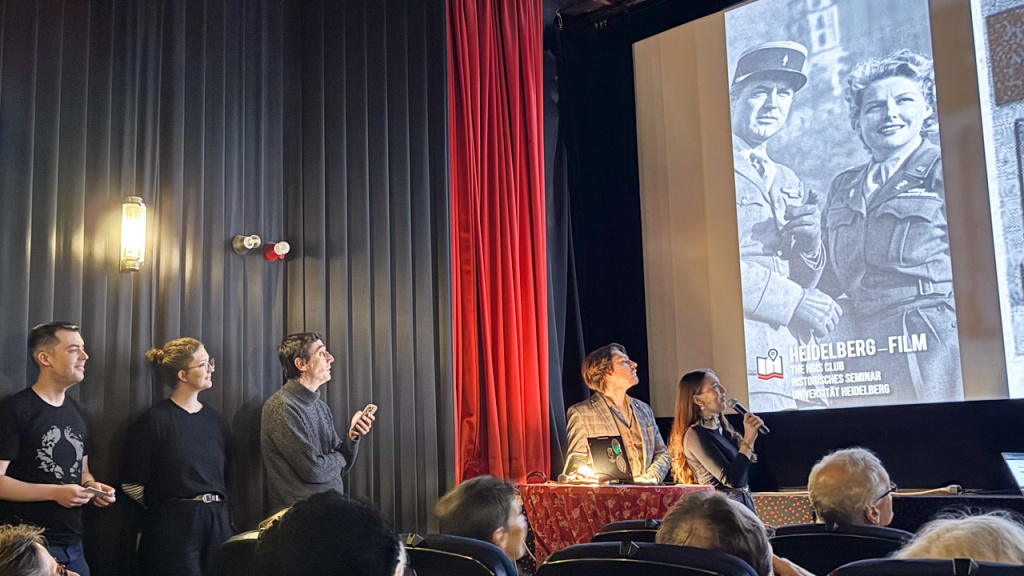
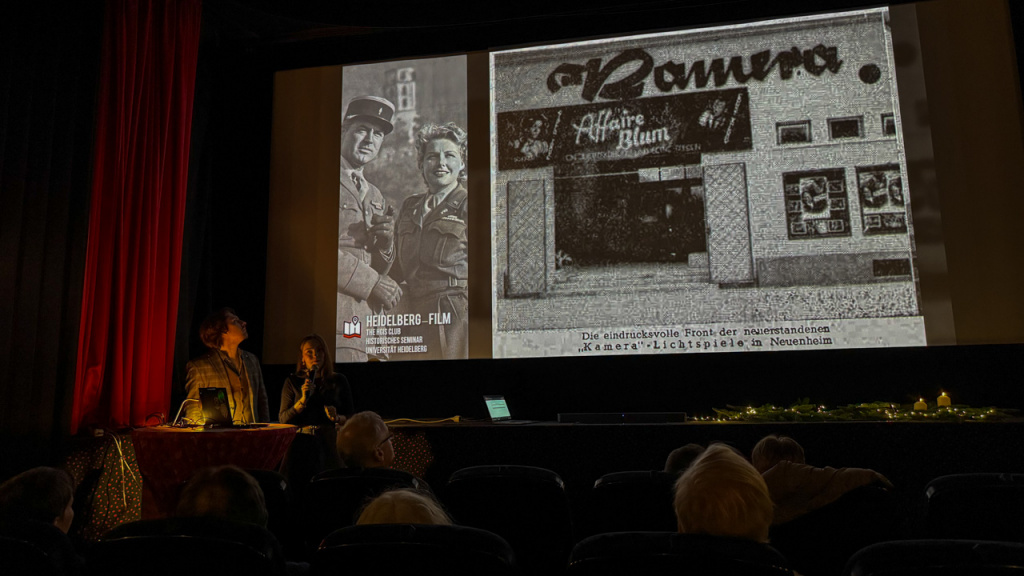
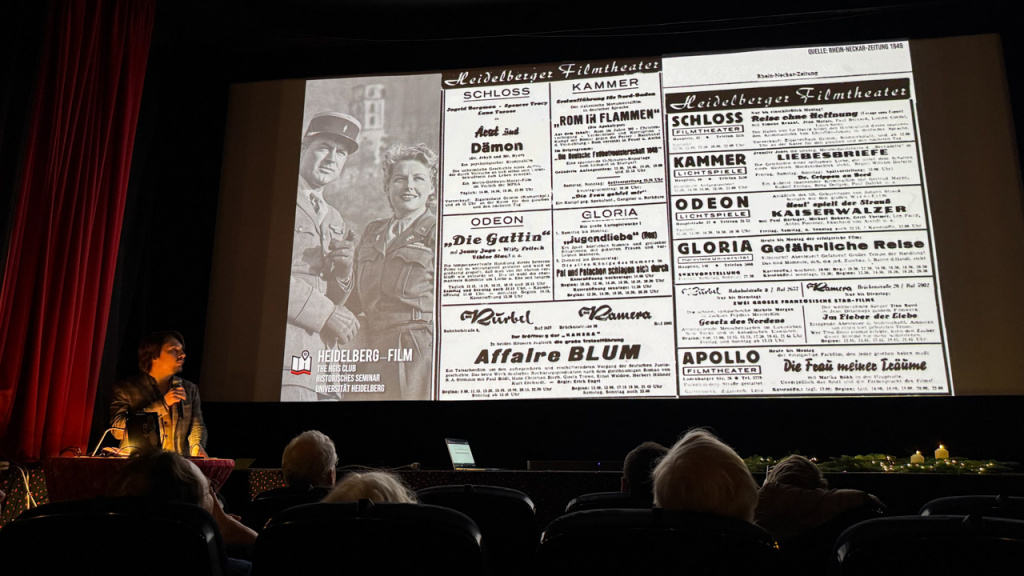
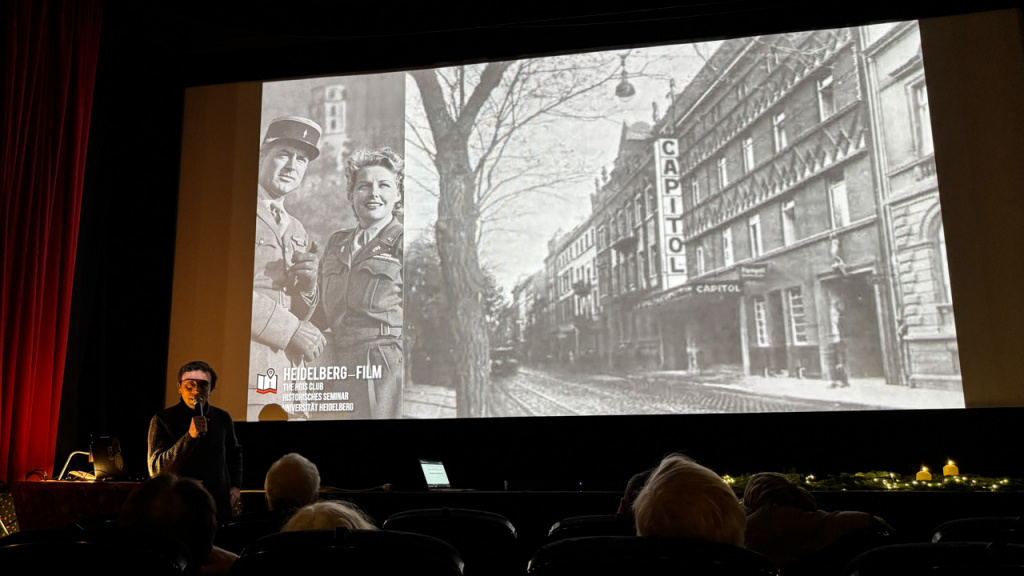
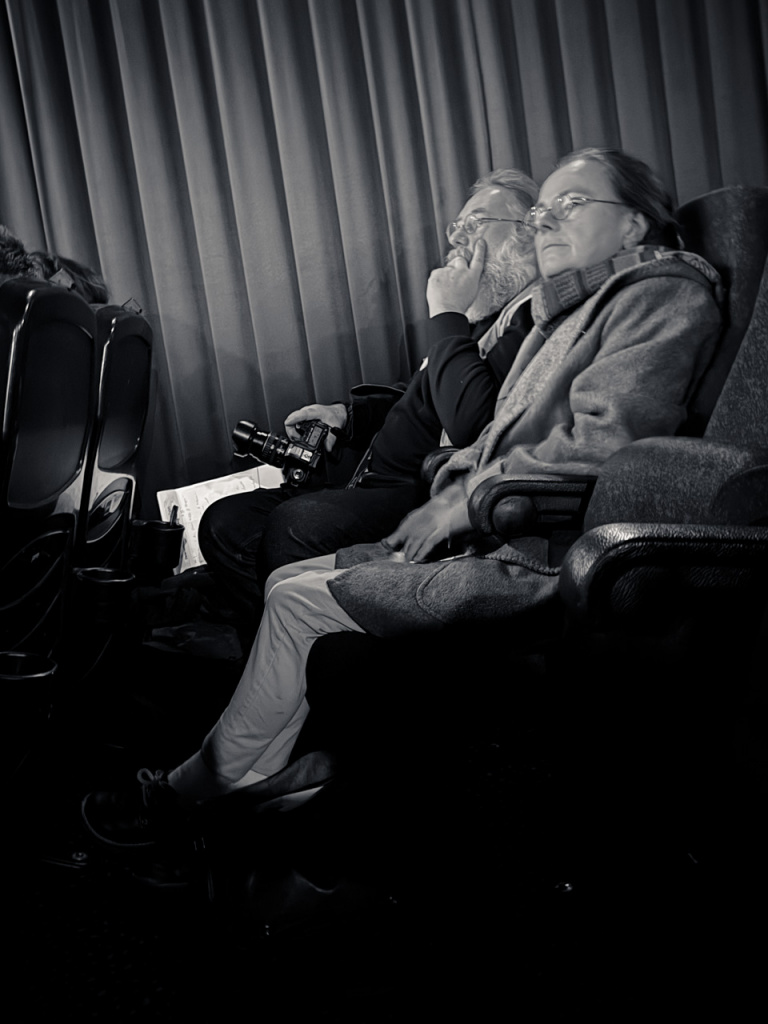
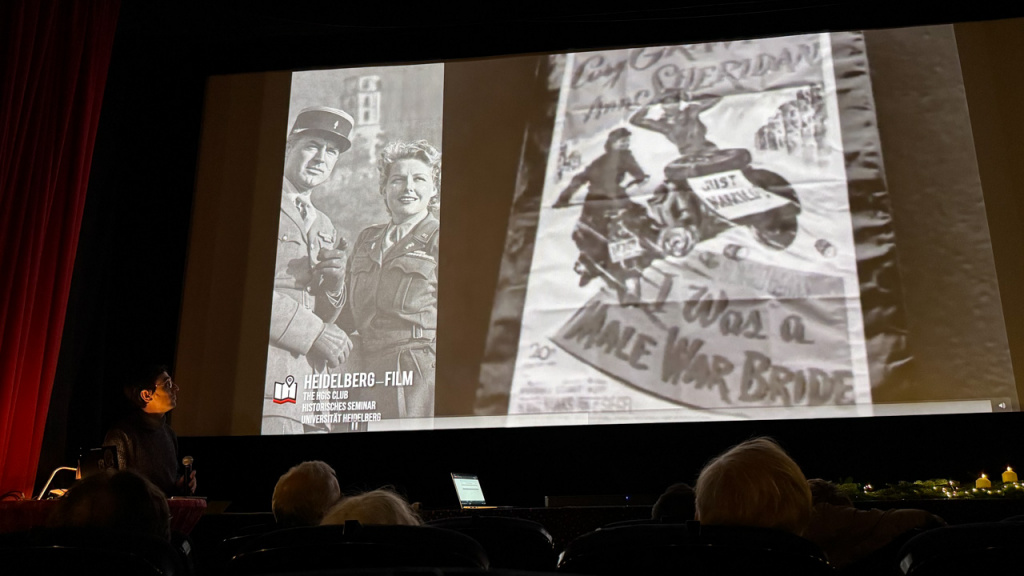
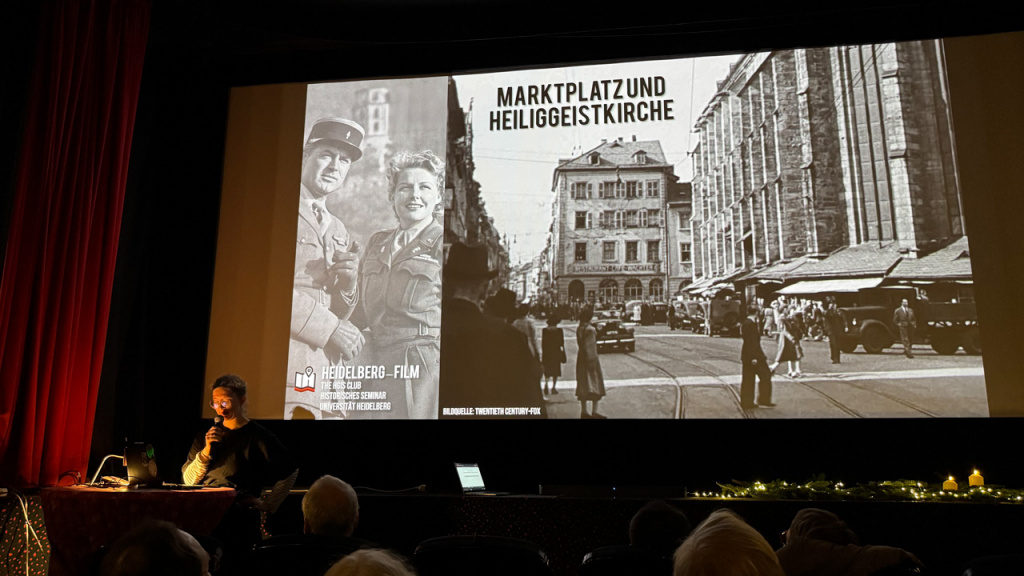
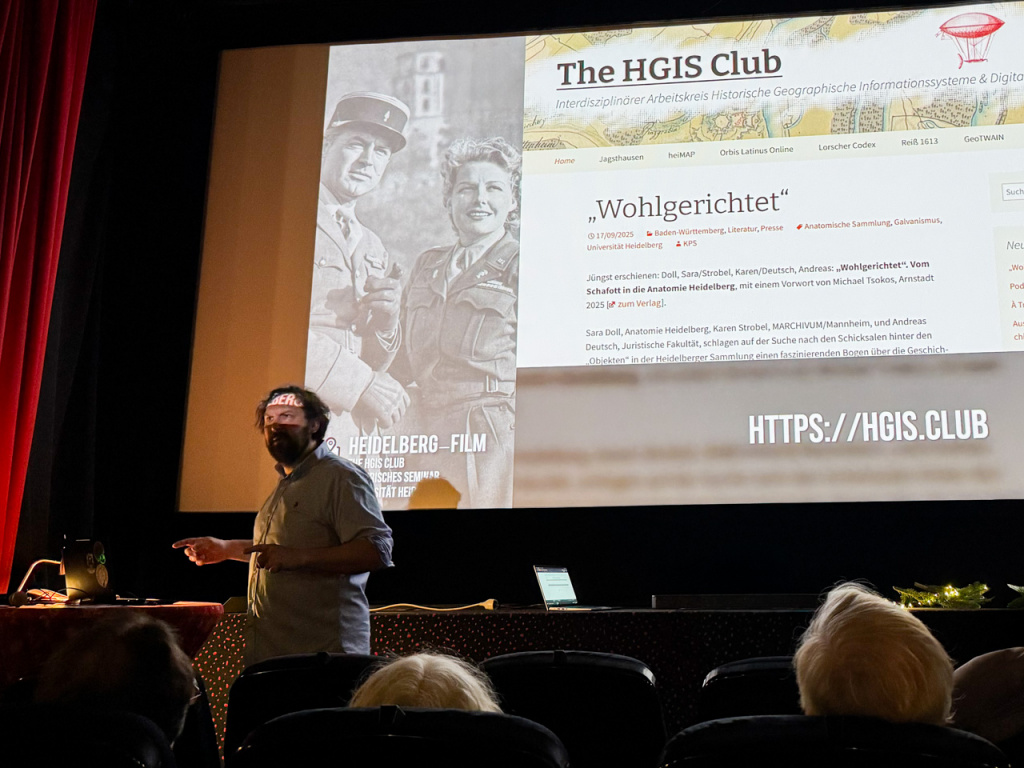
Recherchen zum Kontext der Dreharbeiten von „I Was a Male War Bride“ (1949) und zu Film in Heidelberg allgemein
- Universitätsbibliothek Heidelberg, Rhein-Neckar-Zeitung auf Mikrofilm
- Universitätsbibliothek Heidelberg: Presse-Datenbanken / Digitalisierte Repositories
- Stadtarchiv Heidelberg
- archive.org etc.
Materialien zur Präsentation von „I Was a Male War Bride“ (1949) in der Kamera am 7.12.2025
- Entwurf zur Karte der Kinos in Heidelberg 1949ff.
- Flyer: Multimediale Quellen zur Entstehungsgeschichte von „I Was a Male War Bride“.
Weiterführende Pläne zu Film in Heidelberg (Drehorte und Kinos)
- Multimediale Rundgänge auf Basis der recherchierten Materialien auf Komoot, „Mein Heidelberg“-App etc.
- Blog-Beiträge zu Funden
